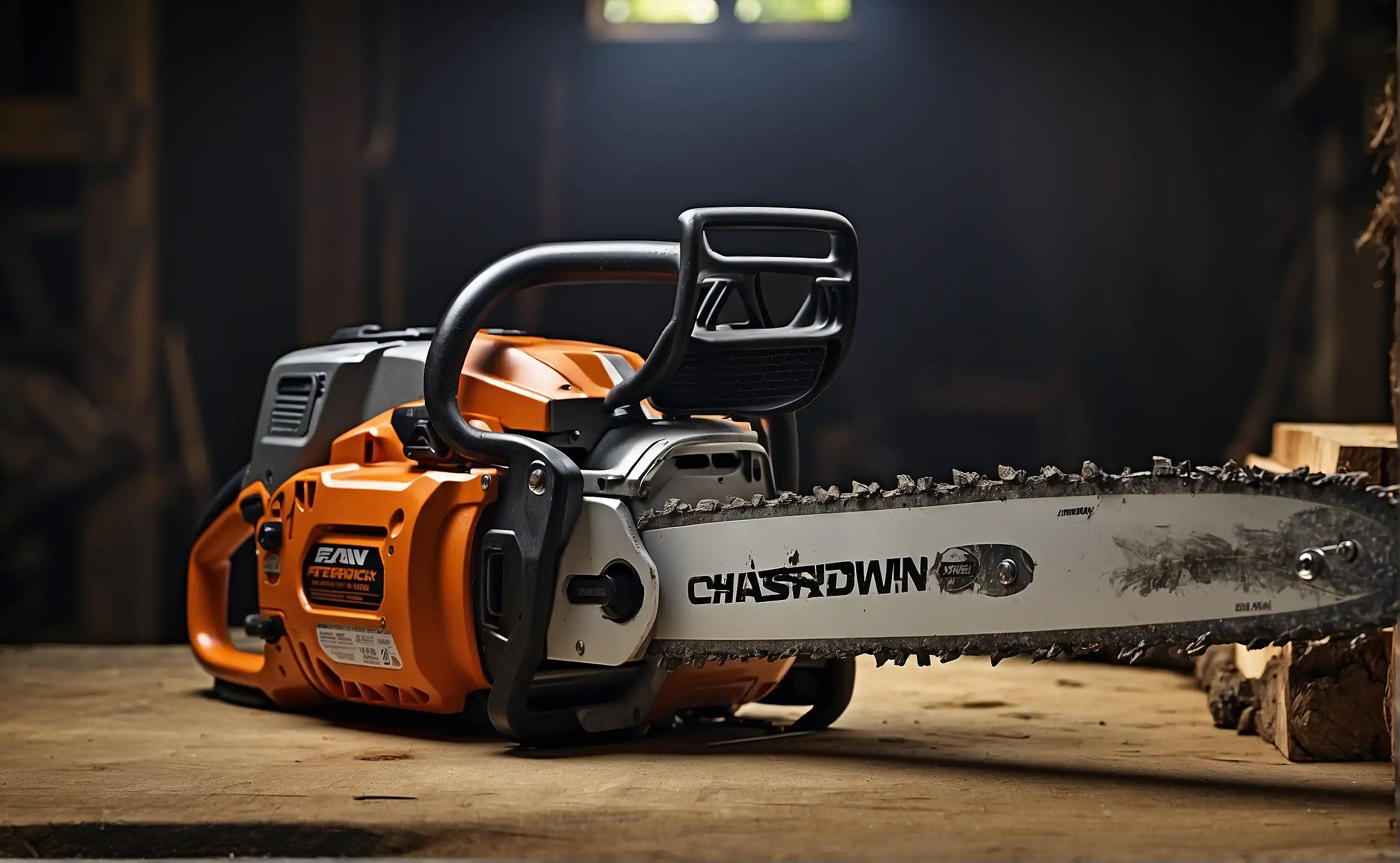If you own a chainsaw, knowing how to properly install the chainsaw blade is crucial for maintaining its cutting efficiency and ensuring your safety while using it. In this blog post, we’ll guide you through the steps to ensure your chainsaw blade is mounted correctly and provide tips to keep it well-maintained. Get ready to become a chainsaw blade installation expert!
Understanding the Direction of the Chainsaw Blade
Before you begin, it is vital to understand that the direction of the chainsaw blade (also known as the chain) greatly affects the performance of your chainsaw. An incorrectly installed chain can cause poor cutting results and even pose a safety hazard. The blades, or ‘teeth’ of the chain, should always point forward on the top of the chainsaw bar.
Step-by-step Chainsaw Blade Installation Guide
Follow these steps to ensure you install your chainsaw blade in the correct orientation:
- Power Off the Chainsaw – Ensure the chainsaw engine is turned off and the chainsaw is cool before attempting any maintenance or installation.
- Clamp the Bar – Secure the bar of the chainsaw in a vise or clamp to prevent movement during the blade installation process.
- Remove the Old Chain – If replacing a chain, loosen the tensioning screw and remove the guide bar side panel to release the old chain.
- Position the New Chain – Hold the chain with the teeth facing forward on the top side of the bar. The cutting edges should be pointing away from the main body of the chainsaw towards the tip of the bar.
- Secure the Chain – Fit the chain around the sprocket and into the guide bar grooves, ensuring it sits snugly without any twists.
- Adjust the Tension – After fitting the bar side panel back on, adjust the chain’s tension to be firm but still able to rotate freely around the bar.
- Final Check – Ensure everything is properly secured, and the chain moves smoothly without resistance.
Visual Guide to Chain Direction
| Chain Section | Correct Orientation | Incorrect Orientation |
|---|---|---|
| Top of the Bar | Teeth pointing forwards | Teeth pointing backwards |
| Bottom of the Bar | Teeth pointing backwards | Teeth pointing forwards |
Chainsaw Maintenance Tips
- Regularly Check Chain Tension – Always maintain proper tension to reduce wear on the bar and sprocket.
- Sharpen the Chain – A sharp chain ensures efficient cutting and reduces the risk of kickback.
- Clean Your Chainsaw – Remove any sawdust, debris, or oil build-up after each use.
- Lubricate the Chain – Keep your chain lubricated to reduce friction and prevent overheating.
- Inspect for Wear – Regularly check the chain and bar for any signs of damage or excessive wear.
Why is Chainsaw Blade Orientation Important?
The correct orientation of the chainsaw blade ensures that you will be able to cut wood effectively while also preserving the longevity of your chainsaw’s components. An incorrectly mounted blade can lead to dangerous kickback, damage to the chainsaw, and increased wear on the chain and bar, ultimately reducing the cutting performance and posing a risk to the operator.
Learn more: What Can I Use Instead of Chainsaw Oil
Conclusion
Understanding what way the chainsaw blade goes on is not only essential for optimal cutting performance but also critical for maintaining the chainsaw’s condition and your safety. Make sure to always refer to your chainsaw’s user manual for specific instructions related to your model. By following these steps, you will keep your chainsaw running smoothly, effectively, and safely for years to come.
Hungry for more chainsaw know-how? Swing by the Knowledge section at Chainsaw Hive – there’s always something new to learn!
